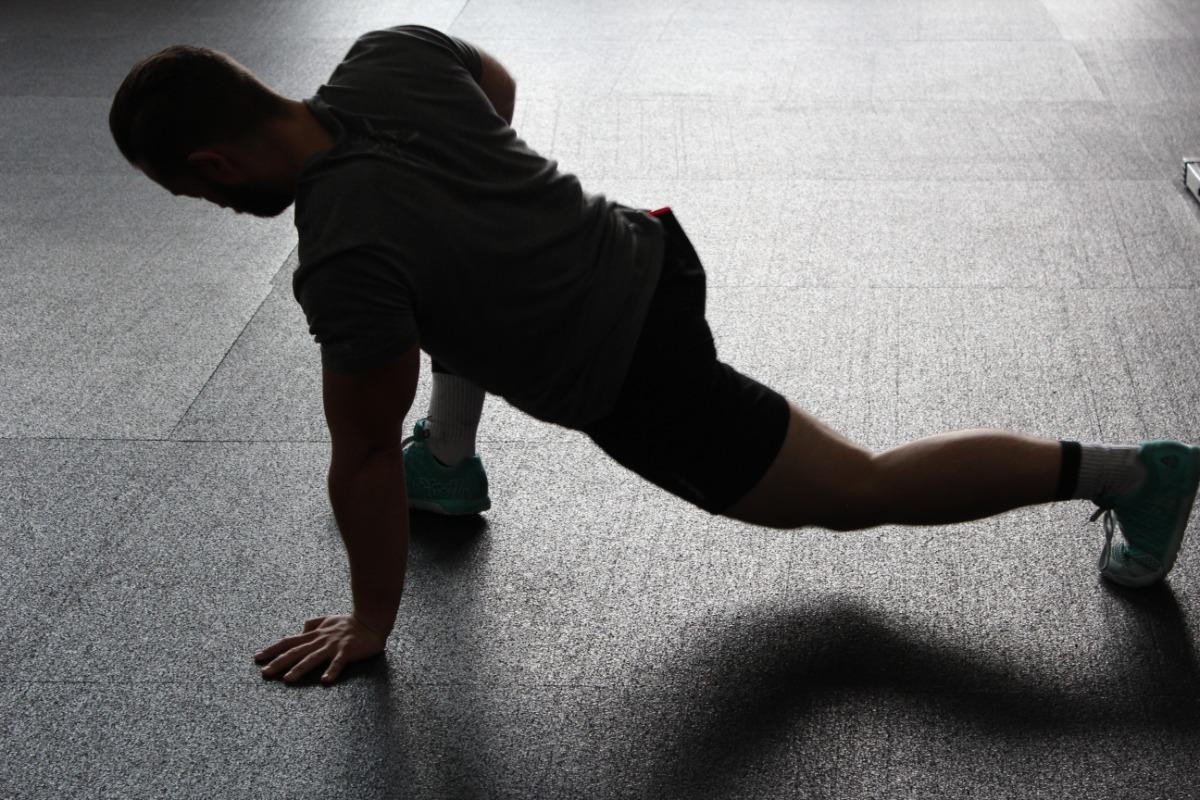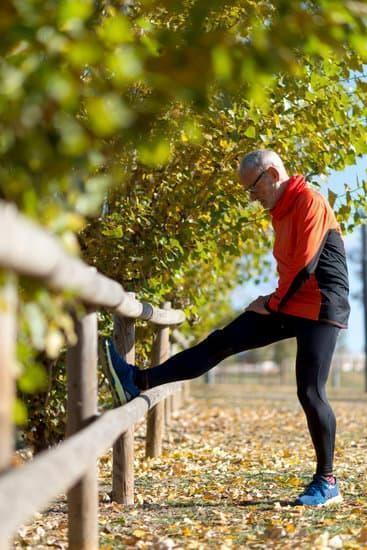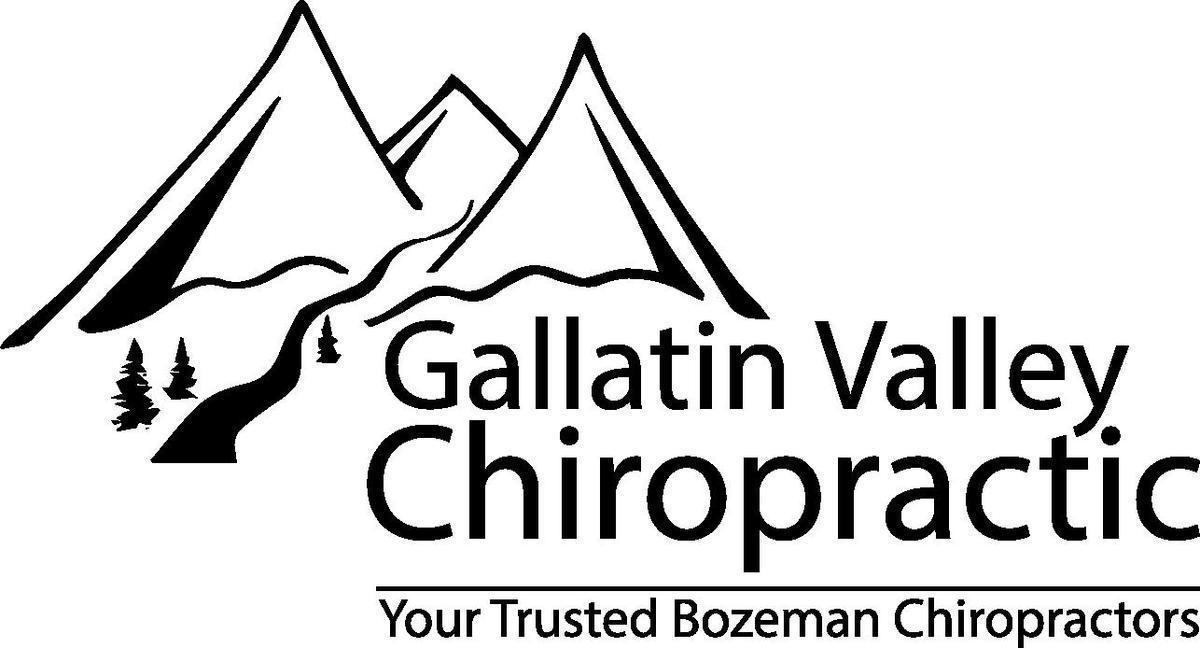What stretches should I do when hiking?
posted: Aug. 31, 2012.

When planning your trip out backpacking, hiking, or hunting this weekend, consider incorporating more stretching before and after your exercise. Stretching before and after exercise will maximizing your performance and activity as well as minimizing soreness that follows hiking. Additionally, stretching beforehand will improve joint range of motion, preventing compensation from other muscles and possibly preventing an injury. Below are some hiking tips and stretches to help you on your next adventure.
What kind of stretching should I do?
When stretching, many people use the 'bouncing' method at the end of a stretch. Although this is a very common way for people to stretch, experts say that it can be a more dangerous and a less effective way of stretching. A stretch should be held for approximately 30-45 seconds and held static (held still) and below a painful threshold. You will also want to make sure you start and finish your hike slower to produce a "warm up" and "cool down" period.
Calf's (Gastrocnemius)
The calf may be the most important muscle to stretch for outdoor activities like hiking that have a lot of uphill terrain. One great way to stretch the calf is to stand up against something vertical (ex. a wall, tree stump), and place your toes upward on the vertical surface while trying to keep your heel close to the base. You should be able to feel a mild stretch with this, but to get deeper into a stretch, you should try and bring your hip forward while keeping your heel and toe in the same position, as well as your knee locked straight. To stretch the soleus and achilles more (lower leg), do the same motion, except when you bring your hips forward, bend the knee and you'll notice feeling the stretch closer to the base of the leg.
Quadriceps
The next stretch for hikers is the quadriceps muscle stretch. This stretch is commonly accomplished by standing and bending and grabbing one knee so that your foot is behind you near your buttocks. To get more of a stretch, once you're in the position of stretch, push the hip of the leg being stretched forward. Make sure you have proper balance or hold onto a tree for support.

Hamstrings
Hamstrings are a great muscle to stretch for these types of activities. The common hamstring stretch can be painful for people with bad backs or disc injuries. If you do experience uncomfortable pain in the spine or hips it is better to not do this stretch. Although, stretching the hamstrings can often be a good way to relieve low back tension that results from hiking. The best way for this stretch is to bend forward at the waist with the knees straightened like the traditional hamstring stretch, but make sure that you have your lower back in extension by arching your back inwards, you'll notice the man in the picture is not doing the stretch correctly as his back is rounded forward.

These stretches are hardly the only stretches that would benefit a hiker, hunter, or backpacker, but these are a few simple and easy ways to get started. If any of these stretches mentioned above are not comfortable or are painful to the spine, joints, or muscles be sure to consult a professional.
Call us: 406-551-2177
 Schedule online at: https://appointments.mychirotouch.com/?clinic=GVCL0001
Schedule online at: https://appointments.mychirotouch.com/?clinic=GVCL0001
